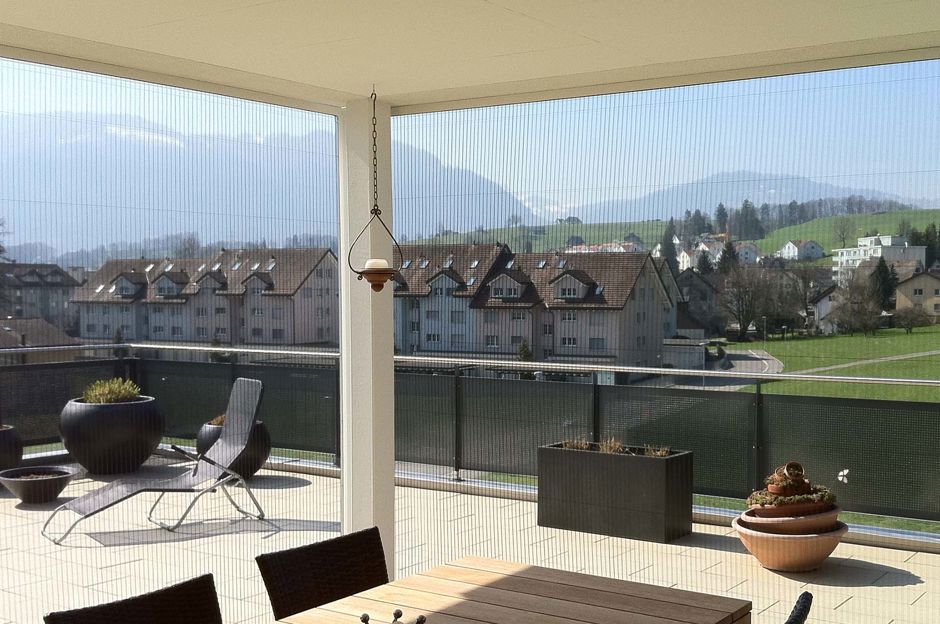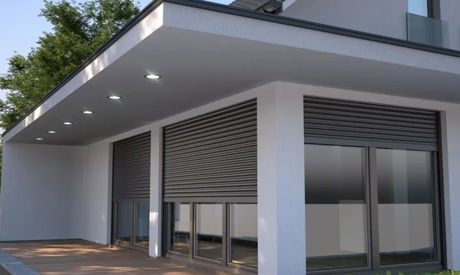When is it necessary to replace the mesh in the screen?
The insect screen has an important function: it protects the interior from mosquitoes, flies, and other unwanted insects. It cannot fulfil its role effectively if torn or otherwise damaged. It’s easy to know when it’s time for replacement; the reason is usually that there are visible holes or tears, the mesh is loose in the frame, or the structure is degraded or damaged. Meshes succumb to the effects of the sun, wind, and humidity over time, losing their functionality.
What will you need to replace the insect screen?
Before getting started, have the following equipment at hand:
- tweezers or screwdriver – for easy removal of the old sealing cord,
- new mesh – available in various colours and densities,
- sealing rubber (sealing cord) – holds the mesh firmly in the frame,
- putty knife, wooden spoon or plastic card – will help with fixing the rubber,
- scissors or utility knife – to cut the mesh.
Replacing the mesh step-by-step
Replacing the mesh in the window is an easy task that any DIY-er can handle. With our guide, the whole process will take just a few minutes.
- Disassembling the old mesh
First, remove the screen from the frame and lay it on a flat surface. Use a screwdriver or tweezers to carefully remove the sealing rubber (cord) that holds the mesh inside the frame. Insert the screwdriver under the rubber and force it carefully from the groove.
Throw away the old mesh. Try to reuse the sealing rubber: unless it is too hardened or cracked, immerse it in hot water for a while. The heat will soften the rubber, restore its elasticity, and facilitate reinsertion into the frame. - Preparing the new mesh
Place the new mesh onto the frame and cut it so it overlaps the edges of the frame by about 5 cm. This will give you enough space for precise fixing and subsequent trimming. - Fixing the mesh
Leave the mesh on the frame and start gradually forcing the sealing cord over it back into the frame groove. To do this, use a wooden spoon, putty knife, or plastic card in order to force the cord into the groove evenly along the perimeter of the frame. Make sure the mesh is sufficiently taut; there should be no creases or ripples on its surface. - Trimming the excess mesh
Once the mesh has been firmly attached, use a utility knife or scissors to carefully trim the excess material along the outer edge of the sealing cord. Be careful not to damage the mesh or the frame. - Reattaching the screen to the window
Insert the finished screen back into the window opening. Make sure the sealing cord holds the mesh firmly in place. And that’s it! Your window is once again protected from unwanted insects.
Find inspiration for other DIY projects in our section Do It Yourself!
Tips for a extending the insect screen’s lifetime
- Regularly clean the screen with a soft brush or vacuum at low suction power.
- Remove the screen in strong winds or during the winter when insects are not active.
- If you have a pet, consider installing a reinforced (pet) screen, which are more resistant to damage.



